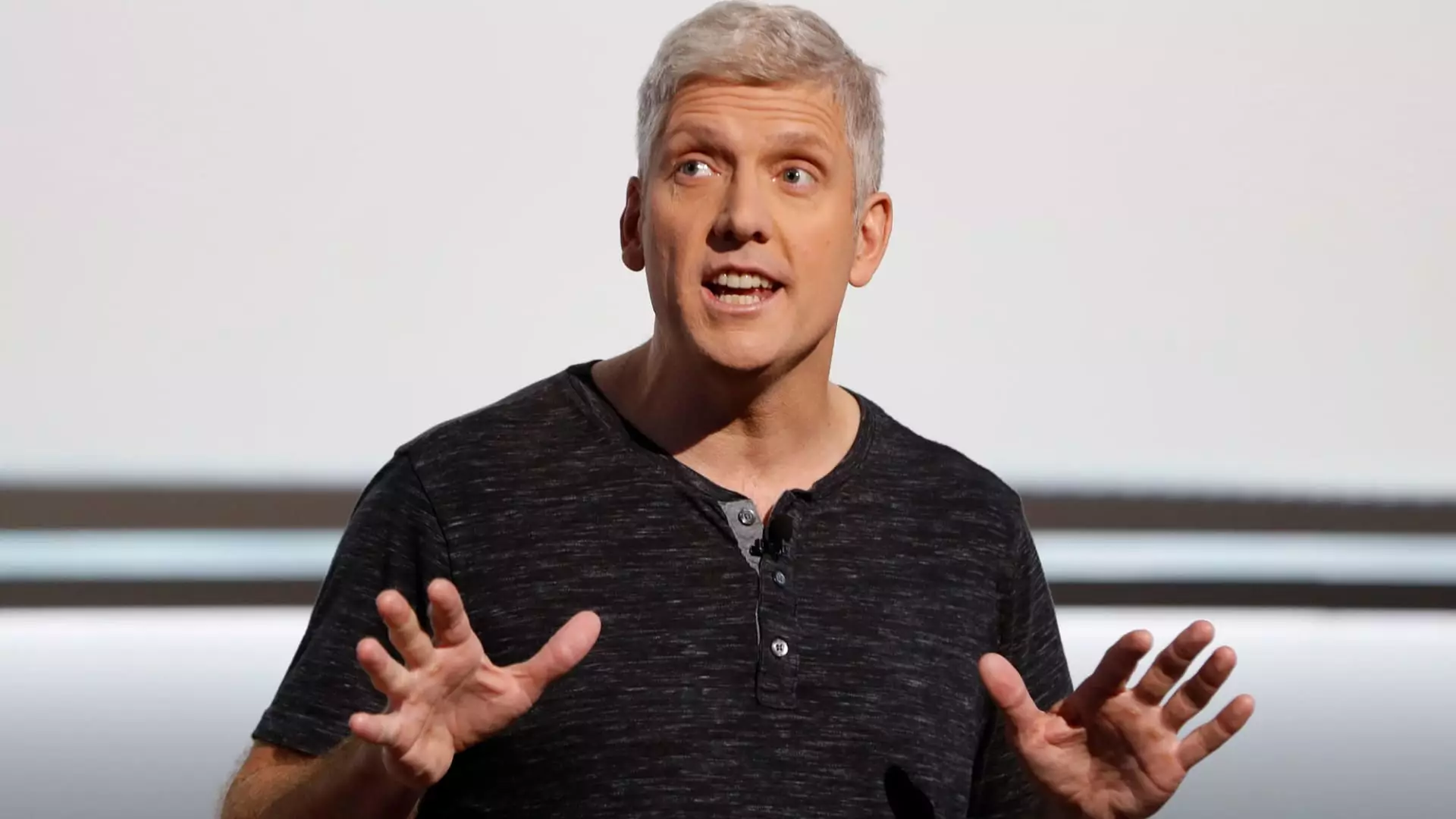In recent months, Google has taken significant strides to adapt to the shifting landscape of the tech industry. Among these efforts, the company has announced voluntary buyouts for employees within its “Platforms and Devices” (P&D) unit, which is responsible for a wide array of products, including Android, Chrome, and Pixel devices. With over 25,000 full-time employees in this division, the buyout initiative serves dual purposes: to streamline operations and to transition the workforce amid anticipated organizational cuts.
The decision to offer buyouts, as laid out in a memo from Rick Osterloh, the senior vice president overseeing the P&D unit, marks a turning point for one of Google’s core divisions. Employees will have the opportunity to exit the company voluntarily, along with a severance package. This approach signals a mindful transition that contrasts with the abrupt layoffs commonly seen in the tech industry. It gives eligible employees the chance to leave on their own terms, which can alleviate the anxiety associated with impending cuts.
The memo also emphasized the hybrid work environment and the need for a workforce that aligns with the company’s vision. Those struggling to adapt to the demands of their roles or lacking passion for the division’s goals are being encouraged to consider the buyout as a viable option. While the exact number of U.S.-based P&D employees remains unknown, the decision appears to be a proactive measure, allowing both the company and staff to transition more smoothly.
The buyout program is indicative of Google’s overarching strategy to pivot toward artificial intelligence and advanced technology development. With new CFO Anat Ashkenazi vocalizing the need for tighter cost management, the company is evidently moving to ensure that its financial resources are utilized efficiently. In the third quarter, the P&D unit reported revenues of $10.66 billion, a 28% increase compared to the previous year. However, this growth juxtaposes the broader context of Google’s total revenue of $88.27 billion that quarter, signaling the need to bolster higher-performing sectors.
Artificial intelligence is playing an increasingly critical role in Google’s trajectory. With the continued incorporation of AI tools across Android devices and plans for enhancements like the acquisition of HTC Vive’s engineering team, Google seems poised to leverage AI as a cornerstone of its future products. The underlying implication here is that the company aims to cultivate a workforce that is both efficient and deeply engaged in AI-centric projects.
The reaction from employees towards the buyout initiative varies, yet many have expressed their appreciation for the option to opt out before potential layoffs ensue. Internal communications reveal that some employees have praised the decision as a thoughtful approach considering the stressful uncertainties looming ahead. In a climate where job security is increasingly precarious, Google’s choice to offer voluntary buyouts before resorting to more severe measures has garnered significant internal support.
Furthermore, employees have begun circulating a petition related to job security, demonstrating a collective concern over potential layoffs. The proactive conversations surrounding job stability and working conditions indicate a workforce that is keenly aware of market conditions and eager for reassurance from management.
The Broader Context of Tech and Future Challenges
Google’s initiative comes amidst a broader high-stakes tech environment characterized by fluctuating markets and emerging business pressures. The company must navigate potential external threats such as rising hardware costs, which could be exacerbated by tariffs under consideration. These factors highlight the intricate balance Google must strike between maintaining profitability and investing in innovative initiatives.
The P&D division may not yield the same revenue figures as Google’s legacy search ad business, but its growth into new tech territory cannot be overlooked. As the company forges ahead with new AI functionalities and prepares for a potential hardware shift, the buyouts may serve as a pivotal strategic maneuver during this transitional phase.
Google’s buyout program within the Platforms and Devices unit encapsulates a thoughtful response to both internal and external pressures. By enabling voluntary exits while simultaneously investing in future technology, Google illustrates a conscious effort to reshape its workforce and align its mission with the burgeoning demands of the tech landscape. This strategic pivot may just be the beginning as the company endeavors to remain at the forefront of innovation amid the rapid evolution of the industry.

